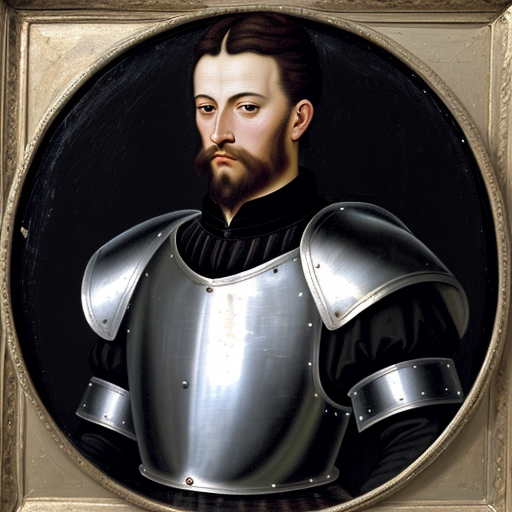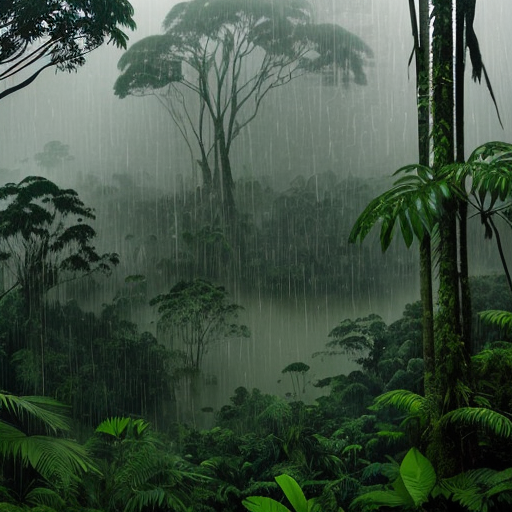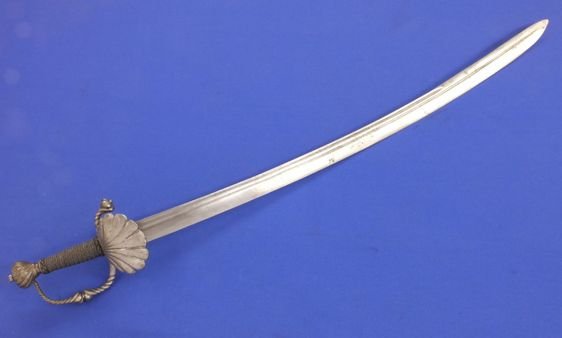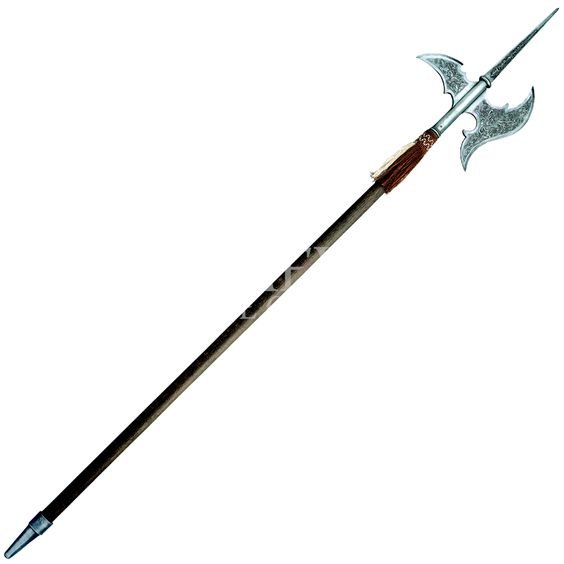Leaderboard
Popular Content
Showing content with the highest reputation on 04/18/24 in all areas
-

Liga di Fiutbol "A" | The Ryxtylopian Soccer/Football League
Nouveau and 3 others reacted to Federation of Inner Ryxtylopia for a topic
Twenty-Second Match day of the Ryxtylopian League 0-1 Lardo Armatez 73' 1-0 Julio Carreveiza 84' 3-0 Terado Armandí 30' Marco Hiritapa 64' Marco Tixalva 82' 1-2 Emailio Tundas 57' Rauíl Disquerravia 45' + 74' 1-1 Franco Viranpá 77' Theo Isdriva 54' 0-2 Andreís Dixilfane 61' + 79' 1-0 Andreís Diraberua 72' 2-1 Ernysto Disquivarria 50' + 81' Marco Diarvuna 74' 2-2 Enrique Rafaela 46' + 79' Pablo Arvaléz 68' Emailio Taracana 90' 3-0 Inzé Fransquixa 54' Julio Indrava 69' + 75' 2-1 Ezicaiel Xiviscarra 67' + 80' Marco Dipartí 57' Pos. Team. Pld. W D L GF. GA. GD. Pts. 1 Libre 22 19 3 0 58 18 40 60 2 Mytapixas 22 19 1 2 58 17 41 58 3 Rio Priava 22 18 4 0 54 16 38 58 4 Isportivo Ryxenia 22 17 4 1 48 18 30 55 5 Bixas 22 16 3 3 44 18 26 51 6 Raquivas 22 13 6 3 43 23 20 45 7 Tsalapaní 22 12 5 5 31 21 10 41 8 Myvas 22 12 3 7 31 23 8 39 9 Unydo di Vynitiná 22 9 8 5 32 26 6 35 10 Pinichaca 22 9 6 7 26 24 2 33 11 Obriros 22 8 6 8 20 20 0 30 12 U. di Ryxenia 22 8 5 9 25 25 0 29 13 Qixas 22 6 6 10 20 28 -8 24 14 U. di Saxatí 22 6 5 11 23 32 -9 23 15 Cintral Liipica 22 5 4 13 11 27 -16 19 16 San Liarvas 22 5 3 14 18 35 -17 18 17 Ystiandes 21 3 4 14 13 29 -16 13 18 Unydo di Carraizal 22 3 3 16 13 43 -30 12 19 Pinilaca 22 3 2 17 9 41 -32 11 20 Tirilpense 22 2 4 16 12 45 -33 10 21 Garravas 22 0 8 14 7 29 -22 8 22 Ryxtylopiana 21 1 1 19 8 46 -38 44 points -

The Newlanders: A Collaborative History of the Nouveauterran Peninsula
Saint Mark and 3 others reacted to Nouveau for a topic
Part 3: The Grasslands Flags and banners flew high above the Wildelande as two masses of men and might stood opposed to one another. Breastplate and arms shone in the morning light. Men took short breaths in anticipation, kissing small talismans around their necks, and lighting slow wicks for their guns. “Just as we planned,” Captain Leyus said. “My men will hold the center. Bertol, Garek, you two will go into the long grasses and attack them from the sides and behind. You must move fast yet quietly. Attack only when you see the backs of their heads.” The Principality of Saint Mark had been expanding its influence in the Nouveauterran southern coast since 930 AF, however it hadn’t faced a unified force. They would encounter their main adversary for the rest of War in 951. The Langbord Confederacy, headed by the Neberseck. The Confederacy was made of a number of villages, fiefdoms, clan democracies, and semi-nomadic peoples in the grasslands beyond the monsoon ridden coast. This area, often called The Buckle, is a grassland with rich soil and plentiful rainfall, making it easy to live in, but also easy to invade. It was around this time that Markans wrote a number of ethnographic documents. Paired with archeology, and modern cultural anthropology, we can look at the cultural groups present in the Nouveauterran peninsula during the 900s. A historical artistic representation of the Xenoxeno, the "aliens of the alien land." Based on sociological evidence, this group of people came from a migratory era that predates the common Del Ghuldin population encountered by Markans in the 900s. Many Xenoxeno exist today, with cultural festivals and holidays celebrated by their descendants. There's a movement to have their common government name changed to Danav, meaning "of the sea." This name is more commonly used among the descendants. The common language of the Xenoxeno, Dhuku, is most closely related to pre-Bronze age Darkesian-like languages. The Xenoxeno, often nomadic, were some of the last to integrate into Markan, and eventually Nouveauterran society. A historical artistic representation of the Neberseck. Neberseck referred to both people within the official clan systems of the Neberseck, and their subjects. They are a subsection of the Del Ghuldin linguistic-cultural group, and the dominant culture seen in The Buckle during the 900s. Their direct descendants are recognized by the current Nouveauterran government as Viellegulderriene, or Old Guldurian. A historical artistic representation of the Sudermak. This cultural group present on the southern side of the peninsula was formed from itinerant populations of Min-su and Gulderian peoples who co-mingled for some time. This cultural grouping disappeared as Markan influence grew in the area, and its said that the clamping down on piratical sea people by the Markans caused the main economic engine for this group's existence to disappear. Only sparse archeological remnants exist for this group, however they're often referenced in writings from established people groups. A historical artistic representation of 10th century southern Del Ghuldin cultural members, known as Sulghuldin This group formed as a result of northern Del Ghuldin peoples who migrated south and encountered pre-existing inhabitants who were related to the Xenoxeno, another people group who had migrated to the peninsula in the 4th century BF. This cultural mixing created a group with both ancient Darkesian, and Dul Ghuldin language markers and structures. They were the dominant cultural group throughout the Nouveauterran peninsula in the 900s, and quickly integrated into the encroaching Markan culture. The Langbord Confederacy was formed with the purpose of protecting the area from mountain marauders and raiders from the jungle. The leading party of the Confederacy was the Neberseck, a massive democratic city at the heart of The Buckle. It had plentiful farming areas, and access to the Bron, a river that went from the mountains all the way to the coast. The Langbord in the Langbord Confederacy came from the area where Neberseck had settled. When the Confederacy heard of the spread of the Aelebach Federation, they began preparing their people for warfare. The Confederacy assembled many soldiers by the year 951, and when the Markans struck out from the forest, they were met with fierce resistance. The first decisive engagement at Goete von Bron in 949 led to a Markan defeat. Captain Andreosus, who had formed the Aelebach Federation in the first place, had died in 946 of black foot disease, now known as gangrene. A series of captains would be run through by the MSTC, with incompetence or lack of experience plaguing the army, as well as many defeats. Captain Leyus Florius, often referred to as Captain Leyus, was new to the MSTC Captain’s Corps, was assigned to lead the warfront in the Nouveauterran heartland. Captain Leyus had been brought on without much hope for success, as the MSTC expected that it would take a long stretch of attrition to defeat The Confederacy. To the leadership it didn't matter if it was a brilliant captain, or a disaster-case, just a warm body was enough. Captain Leyus began his tenure by observing the Langbord Confederacy in combat with other peoples. He noticed that the Langbords utilized highly organized blocks of soldiers with long spears and guns. This was only possible because The Buckle’s terrain of flat land or rolling hills without many trees, and only sparse streams and rivers. This allowed for large formations to move together without many impediments. The combination of many gunners, and pikes to defend them from melee attack meant they could rain lead on the heads of anyone, and go toe to toe with ease. Captain Leyus, upon learning of these tactics, began changing the structure of his army and that of the Aelebach Federation. Swordsmen were given long pikes, and many men were equipped in full body armor. Members of the Federation were equipped solely with long range weapons, and drilled on shooting as groups. Markans were used to more fluid combat, but they were able to adapt to fighting as in formations because of prior high discipline. Bulbi became the way to reference one-eigth of a large formation, while a bulbo was the new way of referencing a large block of soldiers, either gunners or melee fighters. By the end of Leyus’ rapid reforms, the army had evolved to fight like the Langbords except for one exception. Leyus’ and the Aelebach gunners were formed into independent units, able to move on their own to shooting positions. The first battle with this reformed army was at Grenkrümmen in 953 Captain Leyus stood his pikemen at the edge of the forest. The Langbord Confederacy’s 3rd Army was stationed in the field, facing the forest. Two Aelebach captains, only known now as Bertol and Garek, moved their masses of gunners to the flanks utilizing high grasses. The Langbords marched forward with spears lowered and guns firing. Captain Leyus gave orders to his men to crouch down, with spears and halberds still pointed out to the enemy. The gunners, numbering in the thousands, gather along the sides of the Langbord army, creating a crescent around the Langbord army. The Markans made contact with the Langbords. The Aelebach opened fire. Blankets of lead tore apart the Langbords, driving them to rout. Captain Leyus and the Aelebach would utilize this tactic to great effect for the next year, at the battles of Mäuseloch, Kleinerbeken, and Dunkelgrün, without much response from the Langbords. By the end of 955, two years later, the Langbord was severely weakened, and many constituent nations capitulated. The Langbord officially surrendered in the winter of 955, and the surrendering nations were spared the sword. However, they were forced to pay steep war debts for the next 80 years.4 points -

Sekiya - News
Giovanniland and 2 others reacted to Sekiya for a topic
Log In 21:09 懿月三蓝周 End of the 1424 Yìyuè festival season Today marks the last day of the 1424 Yìyuè celebrations across Sekiya and other starist-aligned nations. For those of you living under a rock, the Yìyuè festival spans the second week of Sekiya's 11th month, Yìyuè. The festival celebrates the supposed birth of Kang, the founder of the starist church. Kang was born on Hǔzhōu, and this is the day that the majority of celebrations take place. This day, second only to the Sekiyan New Year, is the day in which the most fireworks are set off on any day in Sekiya! This year set a new record, with a 48 minute long fireworks display in Xingyuan, the longest ever in Sekiya. The week is considered Sekiya's national holiday. During the week, all schools are closed, and many businesses and shops are closed or open for half a day. Due to this, several other events have been tied into the week. As Yìyuè is also the month dedicated to the diety of Justice, Sekiya's shrines and temples are packed throughout the entire week, as tens of millions across the country seek to improve their standings with the gods, to ensure good dreams throughout Mèngyuè, next month. In this article, we will be covering the traditional week of the Yìyuè Festival. A note for our non-Sekiyan readers: The Sekiyan calendar is very different to the Markan Calendar! Instead of 12 months of varying lengths, the Sekiyan Calendar has 13 months, each with 30 days spread across 4 weeks, except for the 7th month, Yángyuè, which has an extra day as a national holiday on the Sekiyan solstice! The Sekiyan days of the week are Fěnzhōu, Gànzhōu, Lánzhōu, Cuìzhōu, Huángzhōu, Hǔzhōu and Chìzhōu, with Fěnzhōu and Gànzhōu being the two days of the week considered as the 'weekend'. In Sekiya, dates aren't typically written as the number of a month (I.e '20th Yiyue'), instead dates are written as the week and the day (I.e '2 Fěnzhōu' - aka 'Week 2, Fěnzhōu'). 2 Fěnzhōu (7 Apr) & 2 Gànzhōu (8 Apr) Whilst the fesitval hasn't officially started yet, typically people spend these days with their families and preparing stalls and food for the upcoming week. 2 Lánzhōu (9 Apr) 2 Lánzhōu is considered the first day of festivities, and is the day that most festival stalls will open. The majority of all towns and cities will have a 'festival area', with food stalls, gift stalls, outdoor games, and other recreation. 2 Cuìzhōu (10 Apr) On 2 Cuìzhōu, the festivities from the previous day continue. Mainly, people on this day will be worrying about preparing for the next two days of the festival, however on the early evening, cities and big towns will have a precession through the streets, composed of performers, dancers, musicians and other moving displays. 2 Huángzhōu (11 Apr) On 2 Huángzhōu, families tend to have their biggest meal of the year. Traditionally, families will have a 13 course meal, spread across the entire day, from breakfast to bedtime. Different parts of the meal are prepared by different people within the family, and often, neighboring smaller families may join together to share a bigger meal. The tradition of this feast comes from the idea that the population of the country should be well fed and energised in preparation for Kang's birthday. 2 Hǔzhōu (12 Apr) 3 Hǔzhōu is the day that Kang was born, and Sekiya's national day, thus making it the most important day of the week. Many spend the day preparing for the evenings celebrations and attenting to festival stalls. In the evening, the stalls close for around an hour, for the crowds to watch the firework displays. It is said that each year on Kang's birthday, there is a chance that they will be reborn, and so cities and towns host firework displays so that it can be hoped that Kang will be able to find Sekiya and return. 2 Chìzhōu (13 Apr) 3 Chìzhōu is generally a day of rest, however many festival activities will carry over, such as the food stalls, outdoor games etc. for those that missed them. In the evening, to draw an end to the week, many people will attend a viewing of one of Sekiya's many traditional plays. These are done often by Schools, Amatuer theatre groups and professional theatre groups. These plays are between 20-30 minutes long, and are typically based on ancient literatary works in Sekiya, and feature storytelling, music and dance. One of the popular stories told through play, written around a millenia ago in Sekiya, tells the tale of a young scholar on their journey to the Sekiyan capital to find greatness. Along the way, the scholar encounters a diverse array of people that challenge his original views on life, teaching him the importance of society, family and home. Upon reaching the capital, the scholar meets the emperor and is offered a position in the imperial court, however the scholar refuses, deciding that his place is instead back at his home village with his family. The play is unique in that the main character in the story is ambiguous, perhaps intended to allow the reader/watcher to fill the shoes of the protagonist. The tale is by far the most acted play in Sekiya. 3 Fěnzhōu (14 Apr) & 3 Gànzhōu (15 Apr) Whilst the holiday is at this point, officially over, 3 Fěnzhōu and 3 Gànzhōu are not typically working days in Sekiya, meaning many people have these days off! Across these days, there is a big effort into the cleanup of the Yìyuè festival. Additionally, as the 'last chance' before returning to work, many will take one last visit to a shrine or a temple. There is also lots of charitable work done on these days. 3 Lánzhōu (16 Apr) 3 Lánzhōu marks the first day back to work and school for Sekiyans. With less than 2 months to go until the Sekiyan new year, students and workers alike will find the next several weeks to go quickly in the lead up to Sekiya's next big festival week.3 points -
.thumb.png.4daa7e8c59da438450aaf48f86059164.png)
Regions of Giovanniland: The Travel Guide
Sekiya and one other reacted to Giovanniland for a topic
Introduction For the first part of this Travel Guide, before going deeper into each of the regions, we have decided to start with an overview of them. This introduction features a description and some statistics for each region, and the regions are also listed here in the same order they will appear in the guide, starting with the most populous region Giovannia Magna, as mentioned in the preface. Giovannia Magna Population: 4,903,172 Area: 27,234 km² Density: 180/km² Capital: Giovannia (pop. 2,110,456) Notable cities: Vinikiano (pop. 238,927), Raffellia (pop. 224,012), Iuliopole (pop. 136,985) Giovannia Magna is the heart of the country and its most populous region. The national capital Giovannia lies at the central part of the region, near the confluence of the Keleste River with its tributary, the Dolkari. An area of more recent population, as the city was built as a planned new capital for the Giovannian Empire, the region stands today as a testament of the nation's development. Giovannia offers a range of historical and cultural attractions such as the Palatio Smaraldo (the royal residence since the 9th century) and the National Museum side by side with very futuristic buildings. Beyond the capital, other cities within its metropolitan area are also worth the visit, such as Vinikiano, Raffellia and Iuliopole known for the headquarters of many tech companies. Giovannia, the national capital. Lavandula Population: 4,336,140 Area: 44,723 km² Density: 97/km² Capital: Urido (pop. 502,819) Notable cities: Quorivo (pop. 248,133), Dazano (pop. 181,532), Osellio (pop. 147,820) The cradle of the ancient Lavandulan civilization, this region is one of the main travel destinations of Giovanniland. Its capital Urido was once the capital of the Lavandulan Empire and retains several historical buildings from antiquity, the city of Quorivo is known for the powerful medieval duchy that bears its name and for being one of the two II Summer Esferiad host cities, and more to the south, Osellio is the birthplace of Iantenism and a site of pilgrimage featuring the largest Iantenist temple in Esferos. The northern part is where one finds these cities and is also notable for its famous Lavender Festival, while the southern part features beautiful broadleaf forests and multiple temples throughout the countryside, as well as the first capital of the Giovannian Empire, Rivomonti. The historical district of Urido. Verdiante Population: 2,215,206 Area: 24,420 km² Density: 91/km² Capital: Annavilla (pop. 328,736) Notable cities: Porelia (pop. 114,309), Augusterra (pop. 83,517), Lastrilla (pop. 74,963) Verdiante is a region known for its natural wonders. It contains a majority of the Ameno River's basin, a significant river that marks the southern section of the border with Blue Bubble, with many beautiful lakes, valleys and waterfalls. The capital is the starting point of many itineraries that traverse the region and its forests, a notable example of eco-tourism in Giovanniland. Another famous destination is the city of Lastrilla and its surroundings, which still show strong traits of the medieval Abrentan architecture and culture to this day, learning to conciliate modern development with their rich history. Last but not least, the region's coastal areas include the famous Isula Iuliana known for its resorts. The city of Lastrilla and its Great Castle. Prinvalli Population: 3,831,529 Area: 15,742 km² Density: 243/km² Capital: Porto Violeto (pop. 1,005,553) Notable cities: Amorante (pop. 213,024), Salvoregno (pop. 201,477), Giovangrandi (pop. 167,336) Prinvalli is Giovanniland's fourth most populous region, known for its beautiful coasts, rich culture, and very advanced development. The region's name pays homage to being the first valleys settled by the Abrentan civilization, which then expanded throughout southwestern Lavender Island and laid the basis for Giovanniland's modern history together with the Lavandulans. The capital Porto Violeto is the nation's richest city, most important port and also a hub of tourism, featuring several famous waterfronts and promenades. Other cities such as Amorante are popular for their nightlife, while Salvoregno lies at the heart of the historical region of Akallia, and offers many museums. Porto Violeto, Giovanniland's second largest city. Spandorto Population: 997,412 Area: 33,251 km² Density: 30/km² Capital: Hendia (pop. 106,382) Notable cities: Tommasio (pop. 75,420), Uprino (pop. 66,833), Nimagna (pop. 42,227) Similar to the region of Verdiante, Spandorto is a good destination for those seeking to explore the nature of Lavender Island and enjoy the local culture in some smaller cities. The region features plains to the west, notable for being one of the areas in Giovanniland with the highest amount of farmland, and more mountainous territory to the east, which is sparsely populated. Some notable destinations include the two largest cities Hendina and Tommasio, often the first stops in a trip in this region, the iconic city of Oddolino surrounded by many hills and known for its beautiful buildings, and the famous waterfalls of the Gratioso River, a tourist attraction on the Giovanniland-Minsu border. The central district of Oddolino. Abrenostro Population: 4,180,293 Area: 34,613 km² Density: 121/km² Capital: Abrentopole (pop. 425,870) Notable cities: Karlopole (pop. 347,106), Anaro (pop. 141,421), Portovini (pop. 134,059) Abrenostro is a region best known for its lively culture! The name means Southern Abrento and alludes to the southern expansion of the Abrentan civilization and foundation of their second capital, Abrentopole. This important city is often called the Giovannilandian Capital of Culture, owing to its notable festivals, art exhibitions and culinary scene. Many traditional meals from Giovanniland originated in this region, such as the renowned Pizza Abrentana and the many recipes featuring seafood. Another notable destination is Portovini, aptly named for the vineyards near the city, the main entrance to the Abrentan Cape region of famous beaches and resorts. Meanwhile, Karlopole in the east is a large city of more recent settlement, offering a distinct blend of cultures given its location near the Minsunese border. Waterfront and restaurants in Abrentopole. Lido Flavi Population: 3,130,639 Area: 34,779 km² Density: 91/km² Capital: Andoliavilla (pop. 640,816) Notable cities: Nenofre (pop. 254,690), Flaviopole (pop. 217,221), Henotti (pop. 109,163) Lido Flavi is home to Giovandolia's capital Andoliavilla, the third largest city and second largest port in Giovanniland, a coastal haven notable for its vibrant nightlife and culture, alongside historical buildings from the time of Giovannian Empire and large museums. Also notable is Flaviopole, founded on the site that the expedition to Andolia by the admiral Flavio first landed, and Nenofre, which is a southern settlement dating back to the ancient Beremean civilization and features ancient ruins on its surroundings. Furthermore, Lido Flavi is home to the Irto River's delta and several different biomes, such as moist and dry broadleaf forests, as well as arid and semiarid shrublands, a nice combination for eco-tourism. Andoliavilla, Giovanniland's third largest city. Terra Violeta Population: 1,699,445 Area: 51,055 km² Density: 33/km² Capital: Villaflori (pop. 122,445) Notable cities: Gallasera (pop. 69,271), Dolkeri (pop. 56,638), Lukiano (pop. 50,262) Terra Violeta is a land of many valleys and mountains to the south of Lido Flavi, known for beautiful savannas and grasslands. Villaflori, the City of Flowers, is Terra Violeta's capital and fits its name well, featuring large gardens alongside its modern buildings that are worth the visit. Meanwhile, Gallasera to the east is the most famous entrance to the southern regions of Kordelleria and Tramontana. These and other major cities are mostly located on the valleys of the Irto River, while the highlands have smaller settlements and breathtaking views. There are several itineraries that explore the rural lands of Terra Violeta, with the aforementioned valleys and mountains. The largest garden in Villaflori. Altana Population: 1,815,327 Area: 24,182 km² Density: 75/km² Capital: Isula Magna (pop. 302,873) Notable cities: Klaudiano (pop. 124,755), Giovannoria (pop. 119,447), Markelli (pop. 80,336) Altana, nicknamed the Land of Eternal Coasts, is the second most densely populated region in Giovandolia and also the northernmost. In the coastline of Altana, the golden sands of the desert stretch as far as the eye can see, and some of the most beautiful beaches in the entire country can be found here. The capital Isula Magna is located on the archipelago, one of the earliest conquered areas by the Giovannian Empire outside Lavender Island, therefore it has plenty of historical places to visit. Other interesting destinations are on the mainland, like Giovannoria, a picturesque town surrounded by vineyards and orchards, and Oddabrio (Altan-qota), the historical capital of the Ardala Khanate. The coast of Isula Magna. Tramontana Population: 1,589,021 Area: 36,666 km² Density: 43/km² Capital: Ioseppole (pop. 160,214) Notable cities: Neumo (pop. 111,476), Hartaqua (pop. 73,209), Aisana (pop. 62,044) Tramontana is known both for its artistic prowess and scenic nature. The capital Ioseppole is known for its grand theaters, art galleries, and street performances, as well as the Ioseppole Arts Festival, the largest in southern Giovandolia. Other cities such as Hartaqua and Neumo feature interesting architecture on the riverbanks of the Emuno, while the southern areas (the extreme south of Giovanniland overall) are known for eco-tourism and natural reserves. There are many options of trails and safaris for the tourists seeking to uncover the vast diversity of the grasslands and savannas, while being mindful about protecting the environment. The city of Ioseppole during one of its Arts Festivals. Kordelleria Population: 570,966 Area: 68,442 km² Density: 8/km² Capital: L'Apertura (pop. 47,612) Notable cities: Valtommasi (pop. 36,033), Peskenni (pop. 30,261), Askeria (pop. 24,304) Kordelleria is the largest and also most sparsely populated region of Giovanniland, dominated by the majestic peaks and tranquil valleys of the Giovandolian Mountains, and home to coniferous forests not found anywhere else in the country. The capital L'Apertura is located in the main mountain pass that connects the lands north and south of the mountains. It's also a common starting point on tours to explore the vast mountainous region, while the small villages throughout the way are serene and idyllic places to stop by between the large hiking trails of an itinerary. If one is daring enough, an unique experience is to visit the Abrio Peak, the highest point of Giovanniland. The Abrio Peak during winter.2 points -

Liga di Fiutbol "A" | The Ryxtylopian Soccer/Football League
Zoran and one other reacted to Federation of Inner Ryxtylopia for a topic
Twenty-First Match day of the Ryxtylopian League 0-1 Marco Tixalva 65' 1-1 Diaxve Barravez 83' Pablo Carraizé 76' 2-0 Andreís Dixilfane 48' + 77' 2-1 Rauíl Disquiverria 63' Enrico Disvixa 85' Marco Liandres 79' 3-2 Marco Indrivanda 41' + 79' Randé Tsilvana 55' Ezicaiel Barvas 50' Andreís Diraberua 70' Marco Indrivanda 88' 2-0 Marco Viraxa 54' + 82' 2-0 Andreís Viriaxa 39' Marco Diarvuna 74' Enrique Rafaela 73' 2-3 Pablo Arvaléz 53' + 74' Julio Indrava 45' + 80' Inzé Fransquixa 67' 0-2 Ezicaiel Xiviscarra 54' + 80' 1-1 Marco Dipartí 65' Ernysto Raivinas 84' 1-4 Rauíl Armatez 90+1' Terado Irrasvasquia 27' + 76' Andreís Richava 54' + 68' Pos. Team. Pld. W D L GF. GA. GD. Pts. 1 Libre 21 19 2 0 57 17 40 59 2 Mytapixas 21 18 1 2 56 17 39 55 3 Rio Priava 21 17 4 0 51 16 35 55 4 Isportivo Ryxenia 21 16 4 1 46 17 29 52 5 Bixas 21 15 3 3 43 18 25 48 6 Raquivas 21 12 6 3 41 22 19 42 7 Myvas 21 12 3 6 31 22 9 39 8 Tsalapaní 21 11 5 5 30 21 9 38 9 Unydo di Vynitiná 21 8 8 5 29 26 3 32 10 Pinichaca 21 9 5 7 24 22 2 32 11 Obriros 21 8 6 7 19 18 1 30 12 U. di Ryxenia 21 8 4 9 24 24 0 28 13 Qixas 21 6 6 9 19 26 -7 24 14 U. di Saxatí 21 6 5 10 23 30 -7 23 15 Cintral Liipica 21 5 4 12 11 26 -15 19 16 San Liarvas 21 5 2 14 16 33 -17 17 17 Ystiandes 20 3 4 13 13 28 -15 13 18 Unydo di Carraizal 21 3 3 15 12 41 -29 12 19 Pinilaca 21 3 2 16 9 38 -29 11 20 Garravas 21 0 8 13 7 26 -19 8 21 Tirilpense 21 1 4 16 10 44 -34 7 22 Ryxtylopiana 20 0 1 19 7 46 -39 12 points -
Akachi the Unfaithful Part 1 The birth of Akachi The city of Afihadume ruled over the surrounding hills, which bore the same name. In this city stood a large idol standing seventy cubits, who acted as the god of the people of the city. Made of polished onyx stone and beset with precious gems, its head was that of an ox, and its body was that of a mighty man in a seated position with its legs crossed. A 14-cubit obelisk inlaid with gold was located between the idol's legs, which the women offered flowers to daily. At daybreak, the sun would rise between the horns on top of its head, and the people would worship the idol for bringing forth the day, and at sunset, a chosen maiden would sleep beneath the obelisk all through the night to entice the god to return the day. The name of this god was Fames, ruler of the sun and sky, and the people swore by Fames; when they went to war, they fought and died in the name of Fames; and when two youths joined in marriage, they were blessed by Fames. There were thirteen other gods that could be found in the night sky in the appropriate season; they also served the people of the city, but Fames was above them all. And a law was passed that every house was to have an idol of Fames before they would be allowed to place any other god, idol, or shrine in their house, and if one broke this law, the entire household would be locked within, and the house would be set ablaze. One of the Priests of Fames was a man named Yobanna who had six sons: the oldest was Mazzi, born of Amara, a princess from the north; the second was Yelani, born to Edele, the daughter of a merchant; the third was Akachi, born to Nkiru, a captive harlot who served Yobanna for a year before being sold; the fourth and fifth were Diyi and Izuchukwu, the brothers of Mazzi, all sharing the same mother; and the youngest was Akumjyeli, the brother of Yelani. Yobanna also had three daughters, the oldest being Chidi, the sister of Yelani and Akumjyeli, born of Edele, and twin girls named Chinaza and Chineze, sisters to Mazzi, Diyi, and Izuchukwu, born of Amara. All the children of Yobanna were educated by the priest to know the seasons and the stars, history, and herbalism. Whenever one of his children showed interest in something, Yobanna would seek out a teacher for his children to learn from. All of them but Akachi. On the night of Akachi's birth, stars fell from heaven, terrifying the people. One such star fell and struck the head of Fames, destroying it and causing the head to crush the obelisk. When the star struck the head, it broke in two, one piece destroying a portion of the king's house and the other landing harmlessly on the door step of Yobanna; at that exact moment, the child crowned and broke free of his mother. Fearing the people would attach meaning to this, Yobanna quickly hid the piece under his home. Upon entering the house and looking upon his son with great joy, he named him Akachi, meaning "the hand of God." He then beckoned the mother and child to leave for a safe place as flames began to spread across the city. The next morning, after the fires had been put out, the King of the city, Uwaezuoke, called all his advisors, all the wise men of the city, and all the priests together. Uwaezuoke was a mighty warrior, undefeated in battle. He and his army conquered the hills of Afihadume and all the land surrounding it, making his name known far and wide. As the men gathered into the remains of the king's home, Uwaezuoke spoke to them, saying, "It is no small thing that has befallen us. If we have angered the gods, one of you must know, and if it is a sign to warn, you would also know this. Tell me of this thing so that we may deal with it accordingly." After this, one of the wise men stepped forward and said, "My king, you are wise in knowing it to be a sign, for we all saw the heavens move in the night before. I tell you this is a sign of destructive change to come to us in the future." The Wiseman continues, "Your home being struck means an end to your rule, and the heads of Fames being destroyed marks an end to our city; we must find the cause and root it out. This will appease Fames and the other gods of heaven so that they may spare your rule and our city." At the very end of the wise man's speech, the king's advisor, Ndidi, saw Yobanna standing in the back of the room and spoke up, "My king, is it known that the star broke in two? One piece struck your home, but where did the other go?" Ndidi points toward Yobanna and says, "I tell you, my king, I saw the other piece land harmlessly at the door of Yobanna and seen him hide it under his house." At these words, the king became furious, standing up and calling Yobanna forward. "Is this true, Yobanna? Did you hide this from us?" Yobanna knew this could be the end of his house if he misspoke, so he chose his word carefully: "My king, it is true I hide the piece that befell onto my house; I wished to keep it, for in the moment I believed it to be of worth, but this was done without knowing of the god's intentions, for I knew nothing of the wise man's insight." At this, Ndidi interjected, "A son was born to Yobanna last night. As soon as the piece stopped at his door, I heard the cry of the child come forth; maybe it is not Yobanna who has grieved the gods, but his son." At this, all the men agreed, Yobanna was innocent; devote just as them, and advised the king to judge the child instead to spare the city. Surprisingly, the piece did land at Yobanna's door. So they began to make wild stories about the child not being a child of man but an evil servant of the gods who had to escape the judgment of Fames and heaven. The king, after hearing their stories, looked at Yobanna with kindness and said, "Bring me the child that I may judge him, for I am wise and will know if he is guilty, or if we have mistaken in our insights, do this, and I will gift to you the piece that fell onto my house." With these words, Yobanna knew the king would kill the child, but held it within himself and left to retrieve his son, for it was better that his son die than for his entire household to be locked in and put to flame. As Yobanna walked, waxing heavily in grief to the place Nkiru went with his son, he saw a servant girl bathing with her child close by, sleeping in a basket. The child was a boy no more than a few days old, and surely the king would not know the difference. Without thought, Yobanna stole the child and quietly escaped, making sure to take his time to get back to the king, as he wanted them to believe he walked the whole distance to the place his child was. Upon entering the room, the king's guards seized Yobanna, and the king took the child. As the king uncovered the young child to look at him, at this moment the baby cried forth, and for a moment the king kneeled on the ground near the fire pit, staring at it. "Guilty!" he exclaimed as he took the child by the foot and dashed it onto the ground until it was dead. At this, Yobanna wept, as he knew the child was innocent, and as a fact, he was guilty. The king rose up and tossed the body into the pit before sitting upon his throne. "I know you grieve the child, but he was not a man-child, but an evil bringing destruction to us. You have other sons. Take the piece that fell upon my house and be calm, for your house is now safe from judgment." Ndidi handed the piece to Yobanna, saying, "Take it and leave, or your sorrow may anger the king." With these words, Yobanna left again to the place where his son was still hidden. When Yobanna arrived, he picked up his son with great fear and mourning. He then told Nkiru the mother all that happened, called over his kinsmen Ozioma, and told him of the matter, for though he was Yobanna's kinsmen, he was not raised in the city and cared not of Fames nor the king. Yobanna gave Ozioma silver and gold, and against the wishes of Nkiru, he also gave Akachi the child, to be taken far from the hills of Afihadume, so that he would be safe from the king. Ozioma's wife Mayowa had given birth months before to a daughter; she was her first and she could feed the child. At this, Nkiru wept as her son would not know her. The morning of the next day, Ozioma and his wife escaped the city with just a donkey packed with some grain and food to hide the gold and silver, and took the two young children before morning light. Nkiru, over time, became embittered with Yobanna, no longer wishing to be his concubine, and was sold to return as a harlot shortly after. She never spoke of what Yobanna had done, for she feared the king greatly and believed he would seek after her son. She also held out hope that one day her son would return, and so she kept the secret within herself. Nkiru never had any more children. This story is heavily inspired by canon and non-canon biblical stories. More detail about the faith.1 point
-
Part 2: Tall Palms Emperor Tenebrosus stood with his fists on his hips as he stared at the enormous map table before him. He took up a miniature figure of a soldier with a rifle, and placed it on a blank part of the map. His advisers look up at him with some confusion. “War, Emperor?” an advisor said. “Absolutely,” Emperor Tenebrosus said. “If the reports are true, there is wealth in those fields. Cut out the salesman, and get the sale for ourselves, so to speak.” “Who shall perform the fighting?” the same adviser asked. “The Company of course. We can’t spread ourselves too thin.” The Principality of Saint Mark controlled a burgeoning coastal trading kingdom in Nouveauterra by 929 AF through the Markan Seas Trade Company. The Principality garnered a great deal of wealth in the form of foods, spices, stimulants, and psychedelics. It also had the two major statios of Traiectus and Montes Magnos, as well as many local allies. Emperor Tenebrosus wanted more wealth from this trading venture, and gave the MSTC an expanded mandate: exert direct control over the coast and the interior. Captain Andreosus Mylopopos, commissioned in 928 AF, painted by Aelos Volpes Captain Andreosus, a skilled land and sea fighter for the MSTC, was elevated to the position of Field Marshall, and assigned a retinue of nearly 1000 soldiers in order to complete the task of exerting more control in the region. However, 1000 soldiers was a far cry from even conservative estimates of the required forces. The Emperor wanted thousands upon thousands of miles of jungle, grasslands, and mountain holds under his control. Captain Andreosus began his duties by talking to the locals. The locals of the southern coast were once a part of a Peombroek Confederacy, but the idea fell apart due to apathetic leadership and poor finances. Captain Andreosus took this concept and sold it to the locals once again. With Imperial financial backing, he could easily convince local leaders that their old confederacy would have legs this time. Captain Andreosus gathered together his retinue, local lords, and interested people in the Long House in Aelebach, a short hike beyond the walls of the Montes Magnos statio. The men drew lines on ball and stick maps, and talked numbers in nearly four languages. The men raised their weapons to the air, and shouted AYE in affirmation of the crafted deal after a week's worth of discussion. That shout gave birth to the Aelebach Federation, the nail to Captain Andreosus’ hammer. Captain Andreosus, with the backing of his Aelebach Federation, began to sweep the southern coast and the interior in 930 AF. The Federation contained 1000 trained men-at-arms from the Markan Imperium, 8,000 skirmishers and shock troops known as langeschnäbel, and 2,000 men at the ready from local militias. Markan warfare in the 900s evolved to suit a tropical environment. Combat was performed in loose bulbi, blended units consisting of gunners, halberds, swordsmen, and sometimes even grenadiers. (In order from left to right, a recreation of a 10th century hand-gun, a recreation of a 10th century Markan mercenary sword, and a museum recreation of a 10th century Markan royal halberd, however simplified halberds were more common in the MSTC) Bulbi were flexible and could quickly move through the forest in loose formation, assembling together for a strike in a moment’s notice. The blend of long and short range attack meant a bulbo could cause havoc to whoever it came across. Armor commonly seen on veteran Markan fighters Armor was light, only a helmet, and a breastplate. Some soldiers specializing in close fighting bought steel chaps to protect their legs, however some abandoned armor altogether, such as gunners or lieutenant message runners. Captain Andreosus’ army was composed mostly of this bulbi style, while soldiers of the Aelebach fought in skirmishing formation, blending long distance gunnery and archery together with intermittent close range fighting. Fighting would come in the form of skirmishes for nearly 22 years. Clan or local officials would often capitulate upon seeing Captain Andreosus’ force, however disgruntled or opposed locals would skirmish with the force until they were forced to retreat or died. It took reaching the grasslands in 951 for the Markans to encounter a formidable hostile force, the Neberseck and the Langbord Confederacy.1 point
-
.thumb.png.4daa7e8c59da438450aaf48f86059164.png)
Regions of Giovanniland: The Travel Guide
Federation of Inner Ryxtylopia reacted to Giovanniland for a topic
Welcome to the ultimate travel guide to all regions of Giovanniland! We are a family of eager travelers who have visited a multitude of nations of Esferos, experienced wonderful adventures, and met many great people along the way! Now, we wish to help others uncover the passion of travel by writing all about our home country, for all kinds of tourists. For each region of the country, we'll start with some important facts you should know, introduce the subdivisions and describe the major cities. Then there's the best part, which is to share with you our favorite places, travel tips, beautiful images, and much more! The guide starts in Giovannia, the capital and also our home city, alongside its associated region called Giovannia Magna. From there, we'll explore the other regions of the country, and embark on this great journey—and we hope that you join us! - The Firkellio Family1 point -
.thumb.png.4daa7e8c59da438450aaf48f86059164.png)
Regions of Giovanniland: The Travel Guide
Sekiya reacted to Giovanniland for a topic
Maps Municipalities Regions1 point -
OOC: Thanks to everybody who showed up for this event❤️ It was a lot of fun planning and executing the event, as well as seeing what everybody had to offer in terms of companies for their own countries. All these companies give life to the RP world and I hope to see a few of them reappear in other stories of the RP. ---Cheers🍻 Jorf @Nouveau1 point


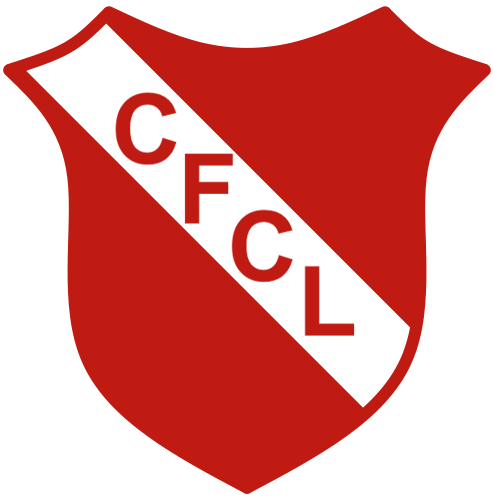
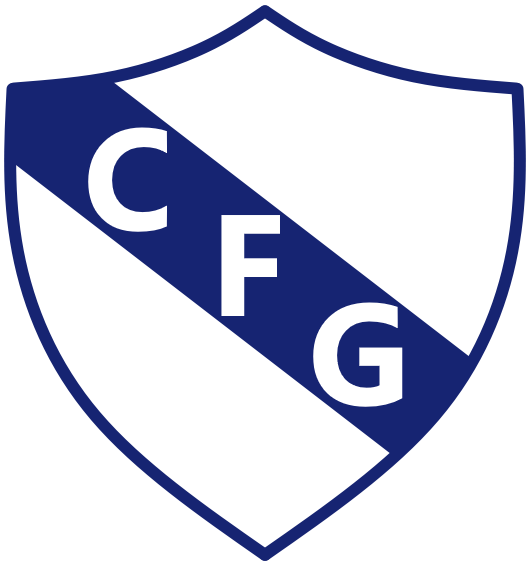


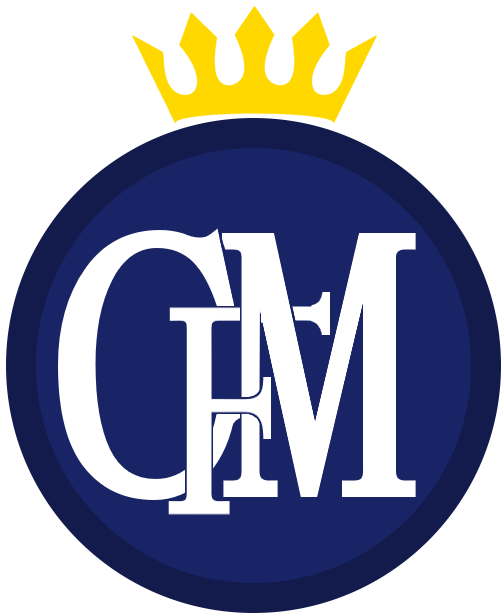


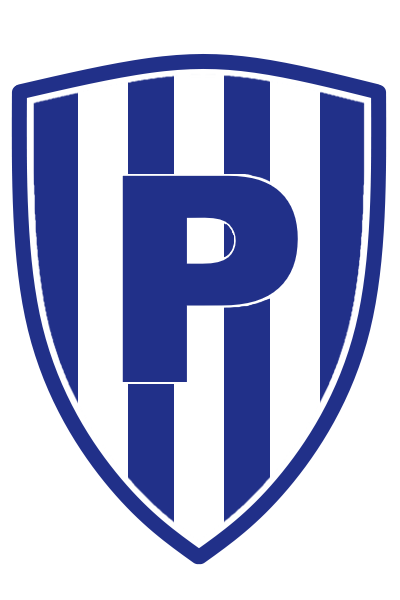

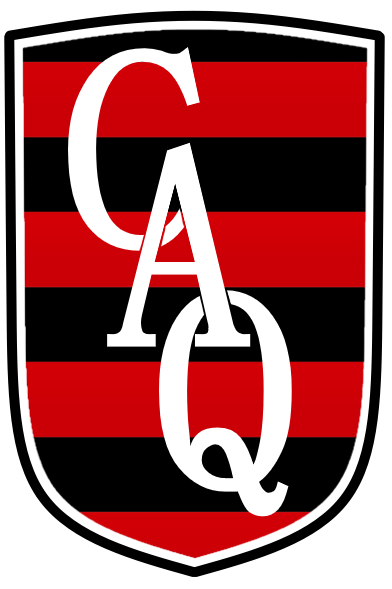
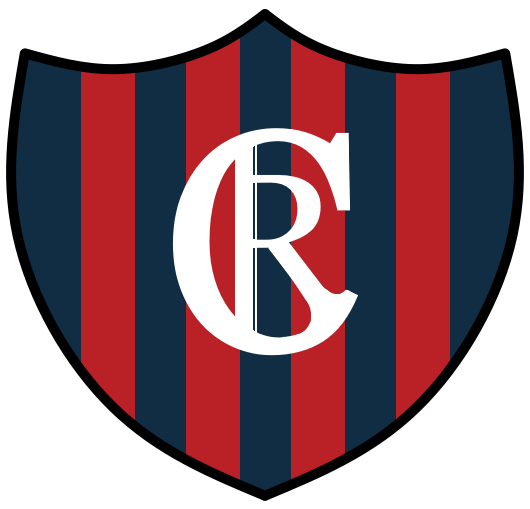

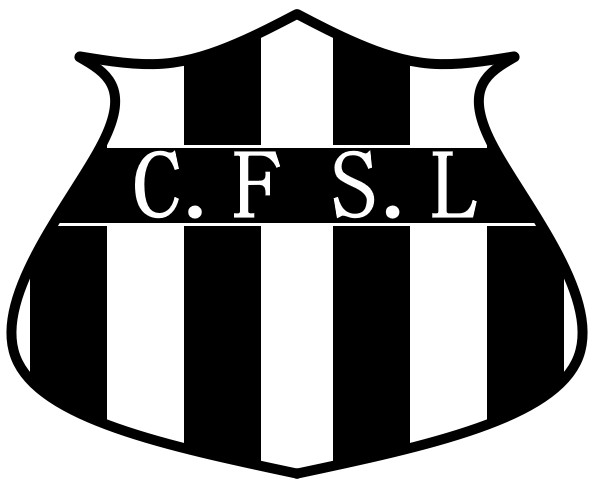
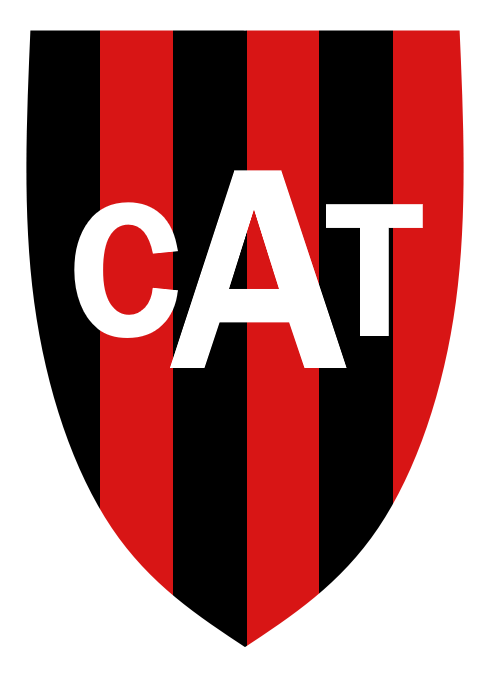

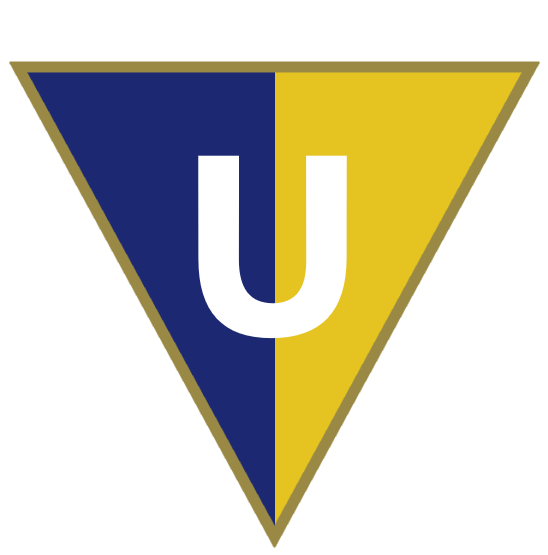
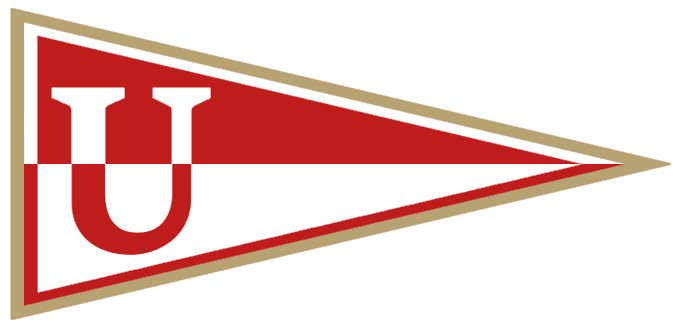
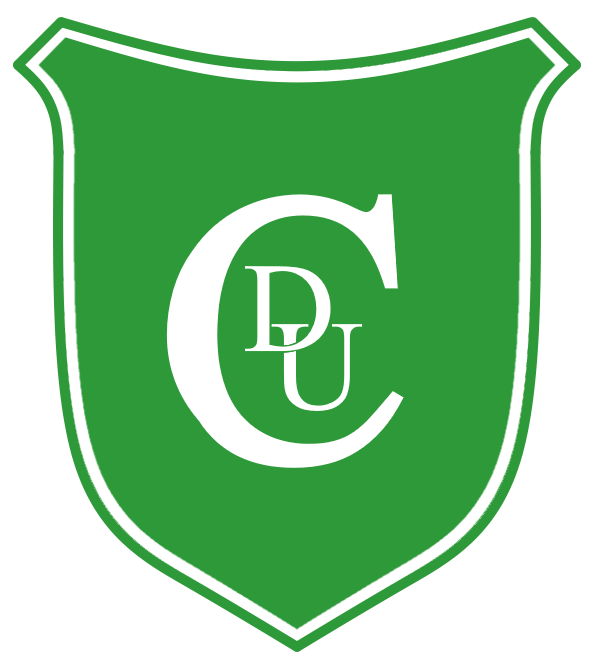
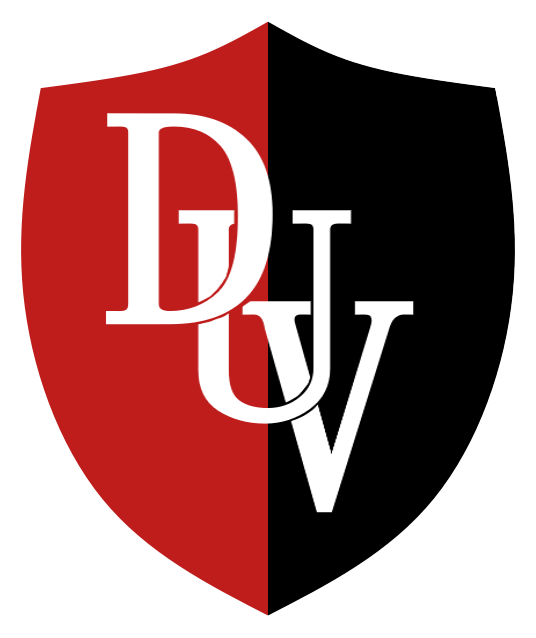
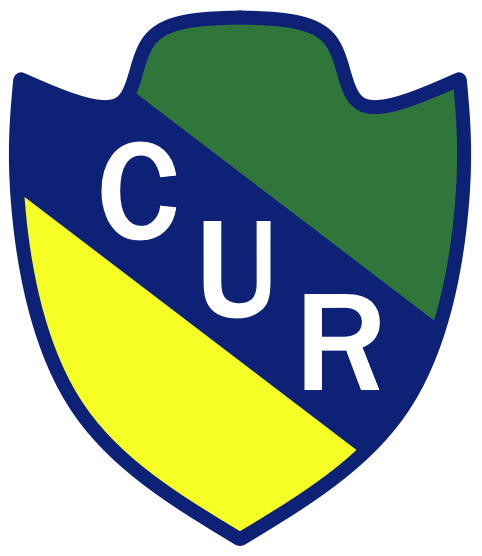


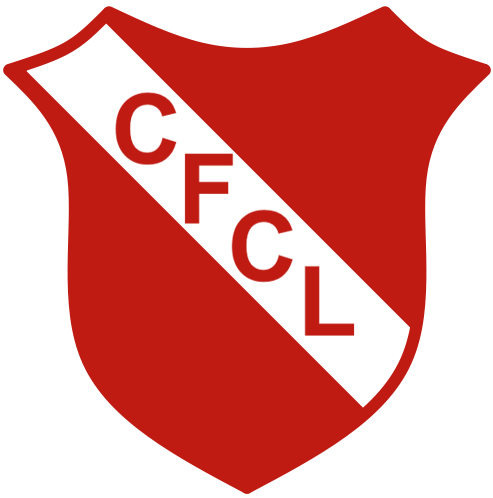
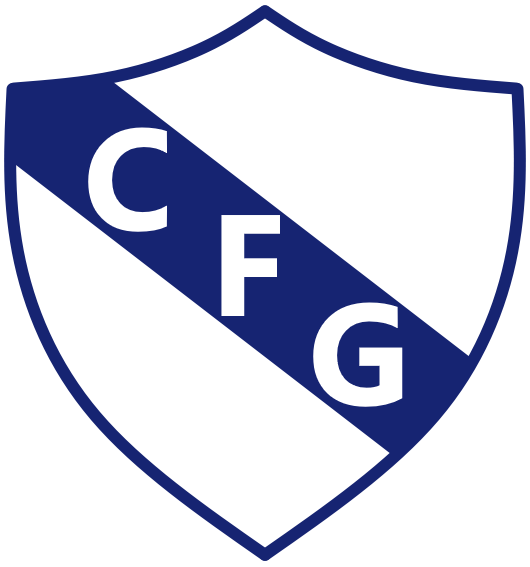


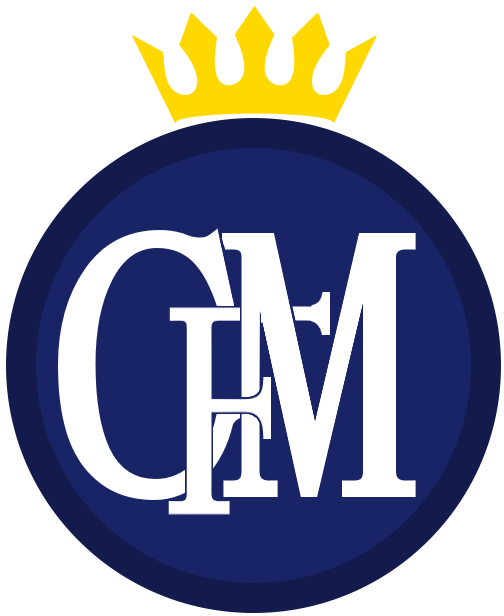


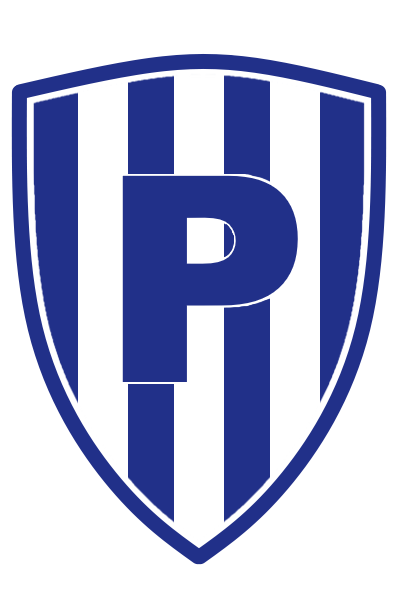

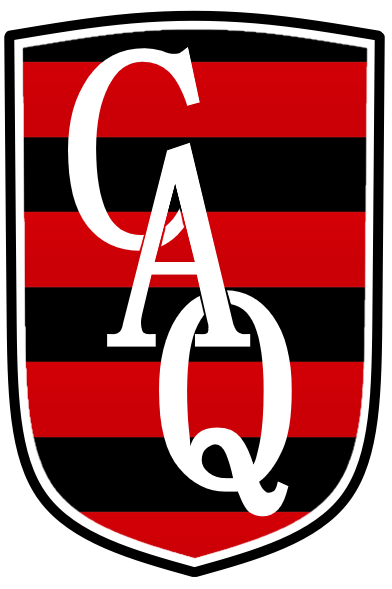
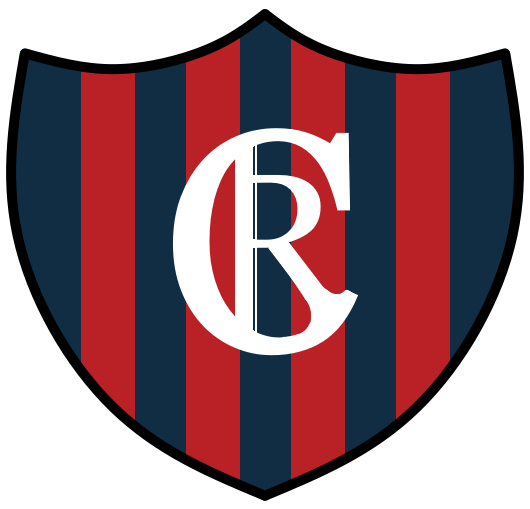

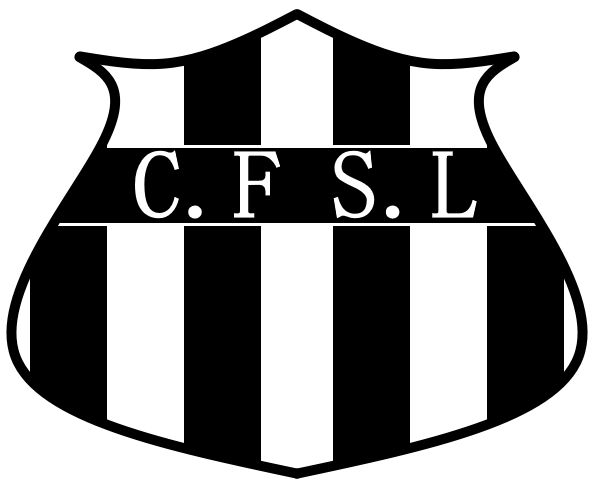
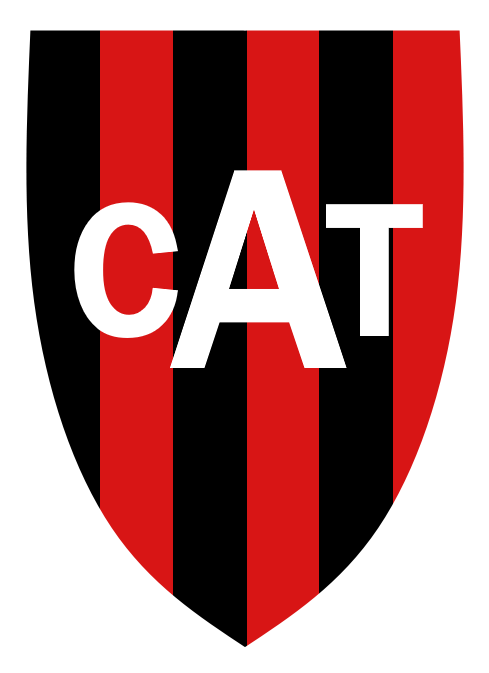

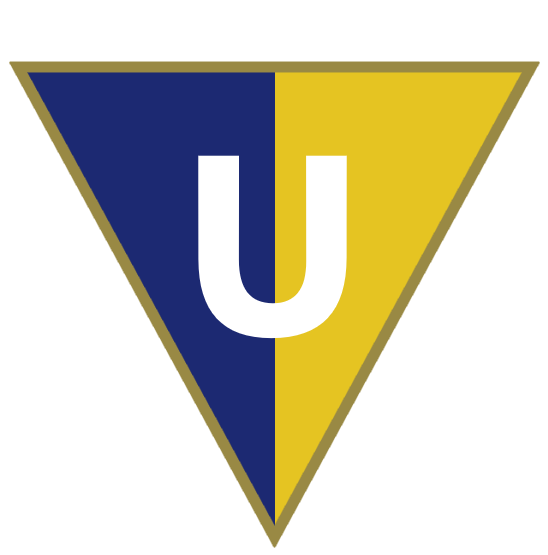
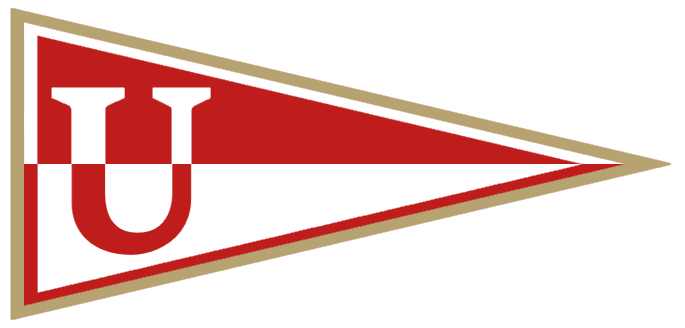
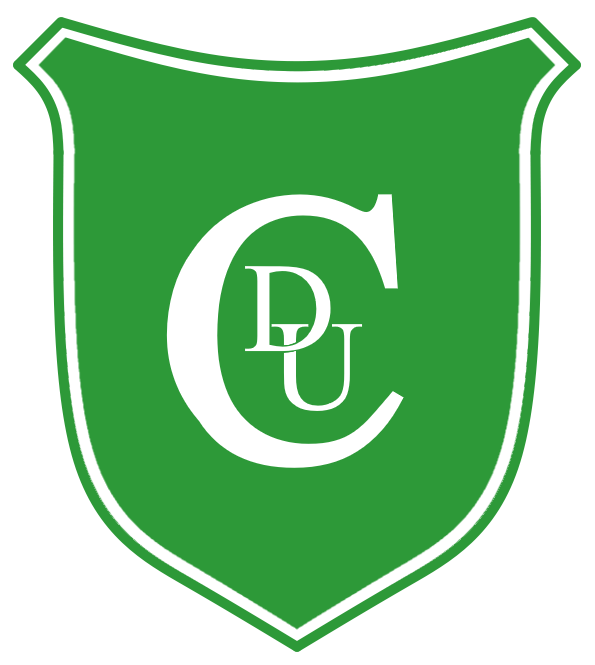
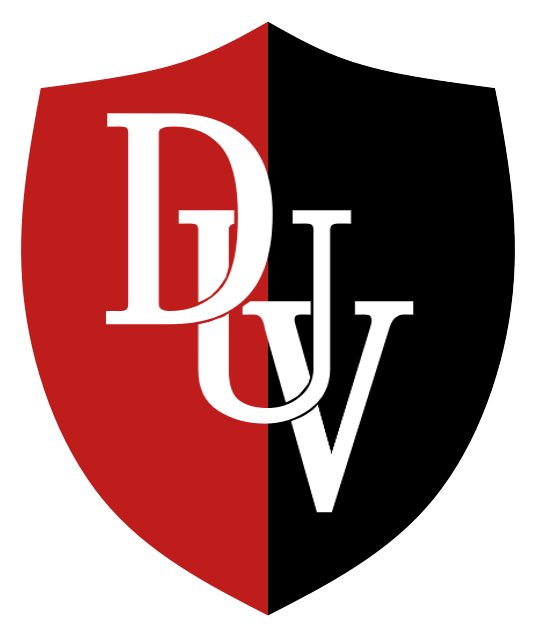
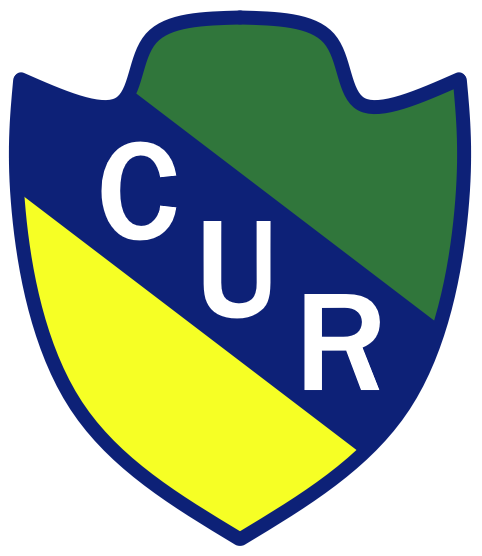
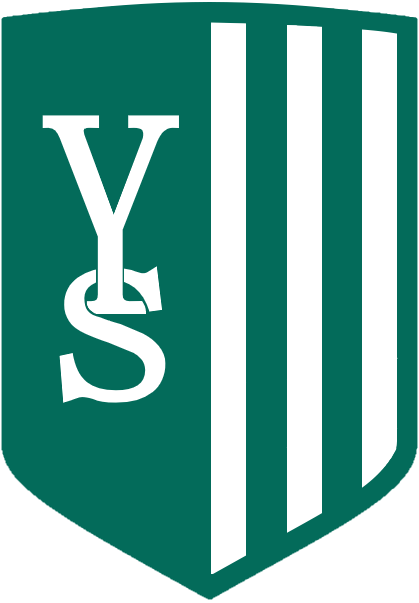

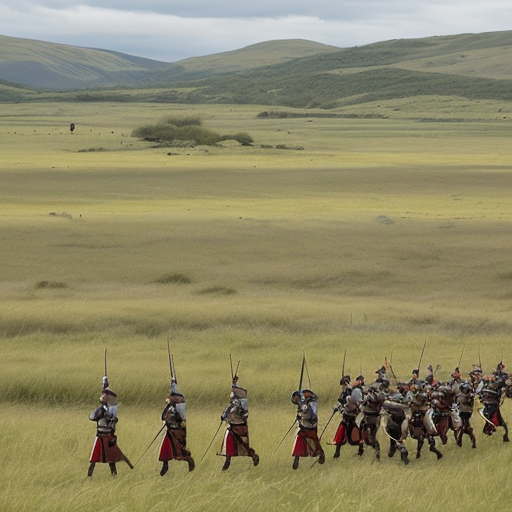

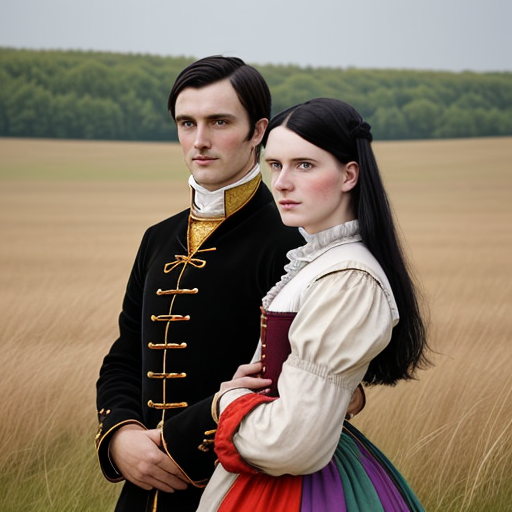
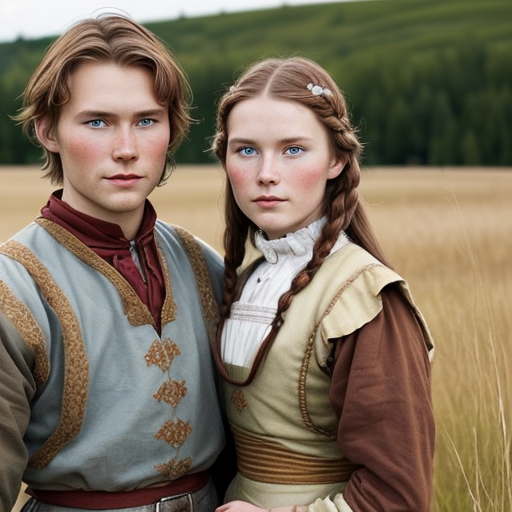
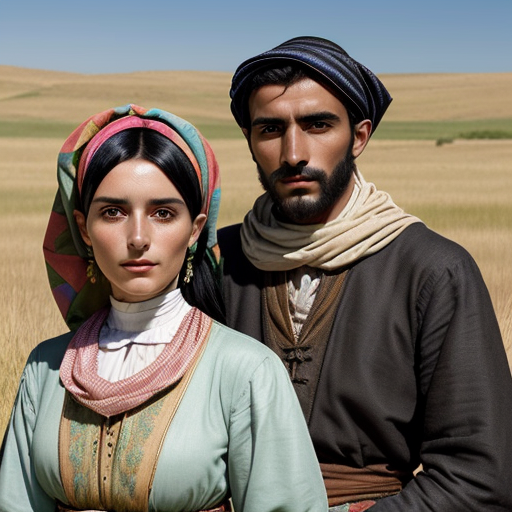
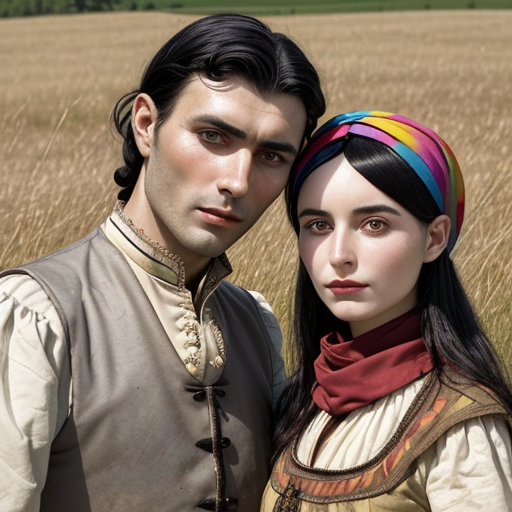


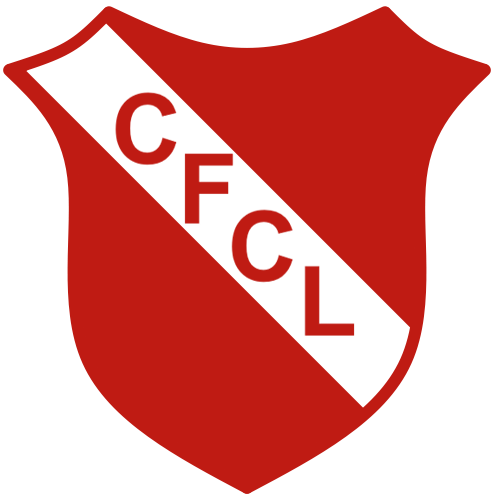
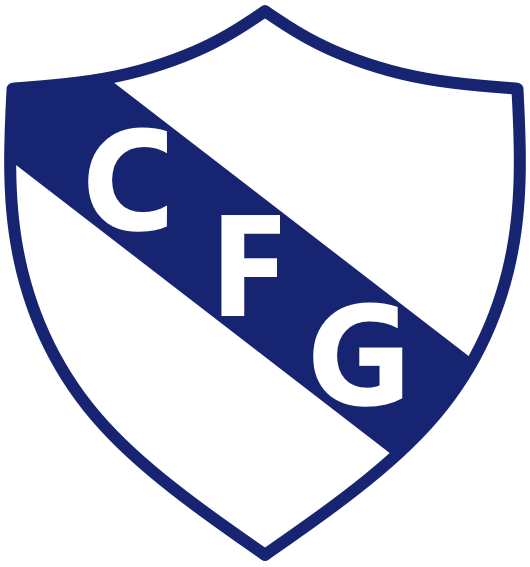


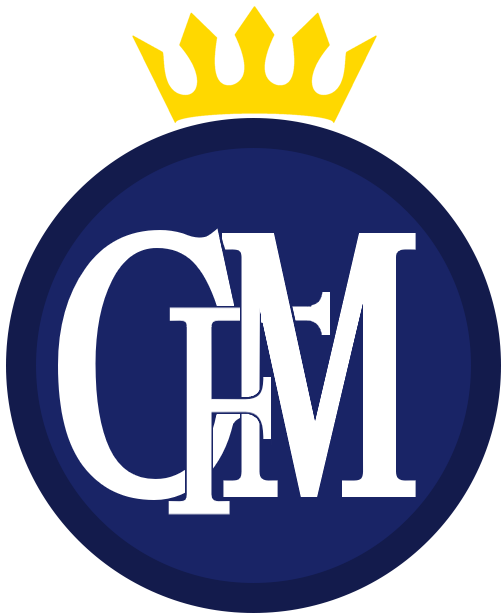


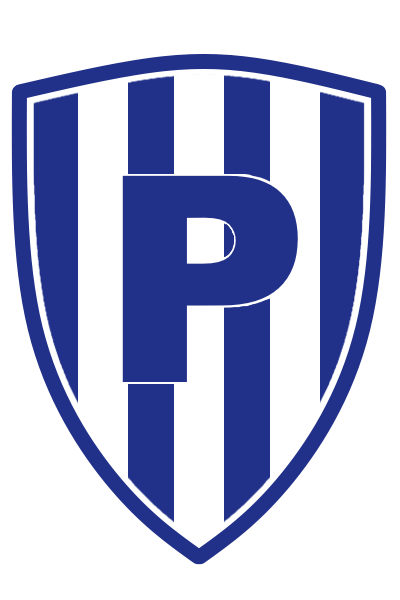

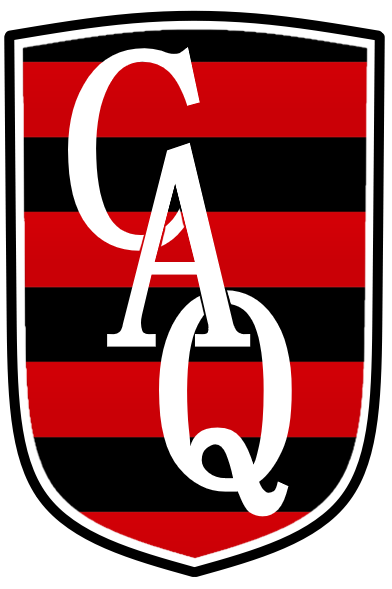
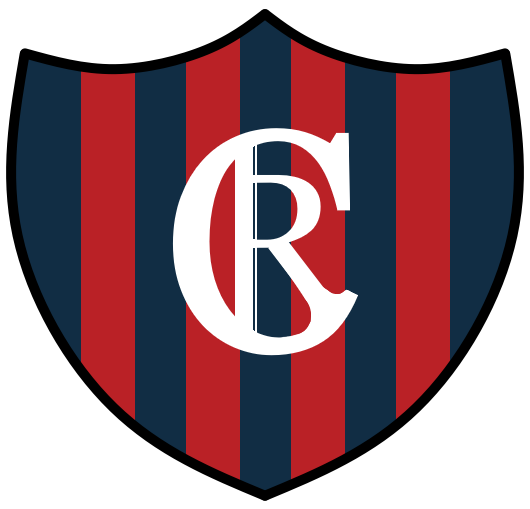

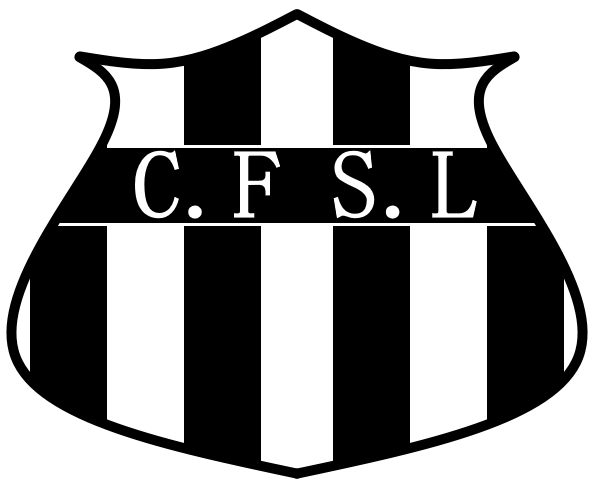
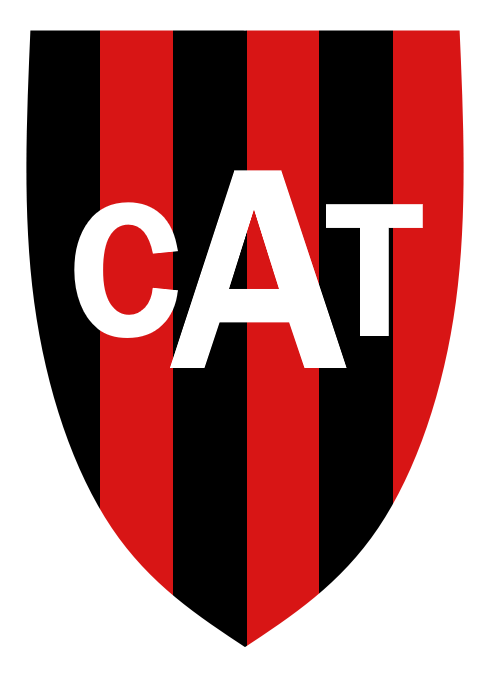

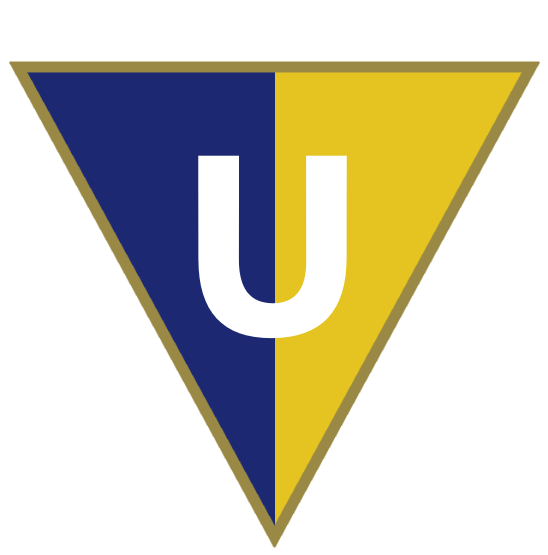
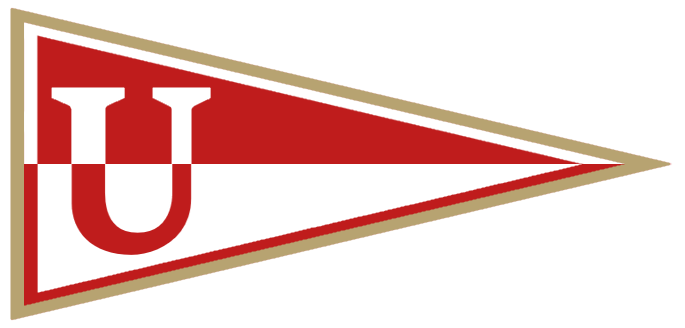
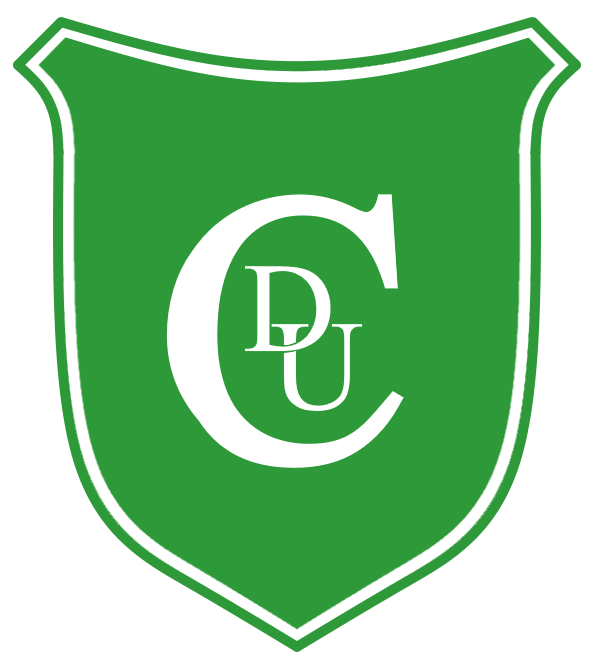
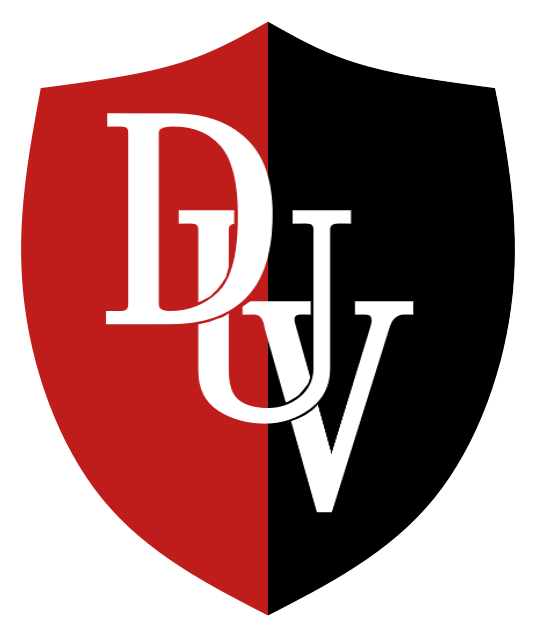
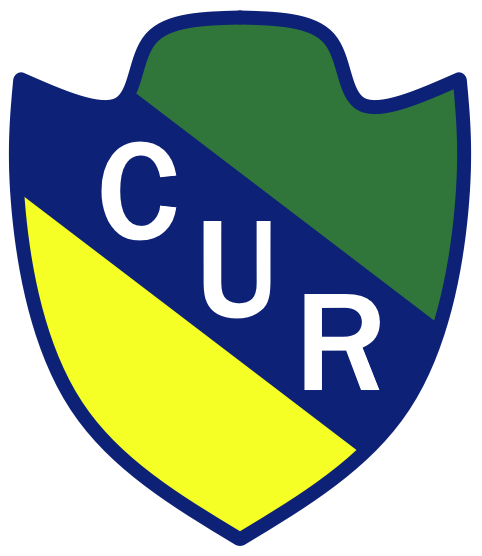
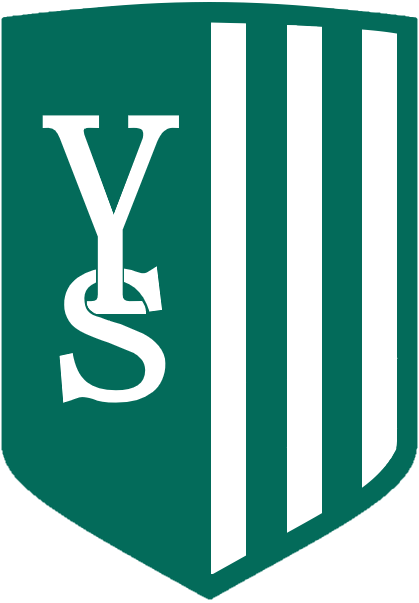


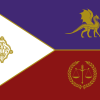

.thumb.png.a809c9aeb99fc9157cd9c29220fadce5.png)
.thumb.png.fd40023e895f66de291253454dfcd9a7.png)
